Planting grass in clay
mitch85
10 years ago
Related Stories

GARDENING GUIDESGreat Design Plant: Purple Needle Grass, California’s State Grass
The long-lived, drought-tolerant Stipa pulchra is as admired for its benefits as for its good looks
Full Story
GARDENING GUIDES9 Clay-Busting Native Flowers for Summer Sun
These plants survive and even thrive in tough clay soil east of the Rocky Mountains
Full Story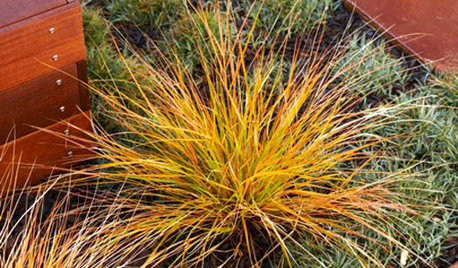
GOLD FOLIAGEGreat Plant: New Zealand Wind Grass
Gorgeous, green-to-gold feather grass make a big impact for little effort
Full Story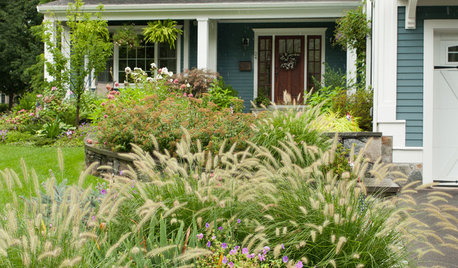
LANDSCAPE DESIGNGreat Design Plant: Lively Fountain Grass Thrives Just About Anywhere
Enjoy fountain grass for its exuberant form, long-lasting color and texture for borders and more
Full Story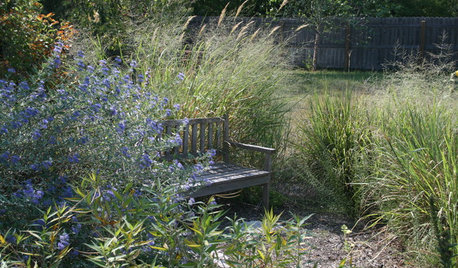
GARDENING GUIDESGreat Design Plant: Indian Grass
Bring whispers of prairie winds to your garden with this swaying native grass that stands tall all winter
Full Story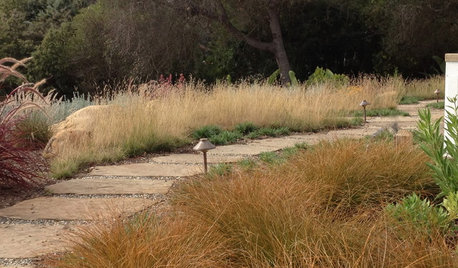
GARDENING GUIDESGreat Design Plant: Bouteloua Curtipendula
Hot, dry clay or rocky soils are sideoats grama’s pleasure ground
Full Story
INSPIRING GARDENSInside Houzz: A Waterfront Property Ditches the Grass for a Garden
New drought-tolerant plantings and outdoor gathering spaces help this California backyard take in the view without wasting space or water
Full Story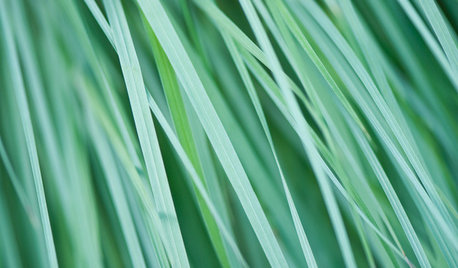
GARDENING GUIDESGreat Design Plant: Little Bluestem Goes Above and Beyond
It thrives in poor soil and provides food and shelter for wildlife. Plus, Schizachyrium scoparium is just a darn pretty native grass
Full Story
GARDENING GUIDESHow to Stop Worrying and Start Loving Clay Soil
Clay has many more benefits than you might imagine
Full Story
GARDENING GUIDESGardening Solutions for Heavy Clay Soils
What’s a gardener to do with soil that’s easily compacted and has poor drainage? Find out here
Full StoryMore Discussions








dchall_san_antonio
Related Professionals
Beachwood Landscape Architects & Landscape Designers · Allentown Landscape Contractors · Crystal Landscape Contractors · Darien Landscape Contractors · Desert Hot Springs Landscape Contractors · Fort Atkinson Landscape Contractors · Fountain Valley Landscape Contractors · Hendersonville Landscape Contractors · Holland Landscape Contractors · Los Banos Landscape Contractors · Midland Landscape Contractors · Milford Landscape Contractors · The Villages Landscape Contractors · Tustin Landscape Contractors · Sacramento Swimming Pool Builders